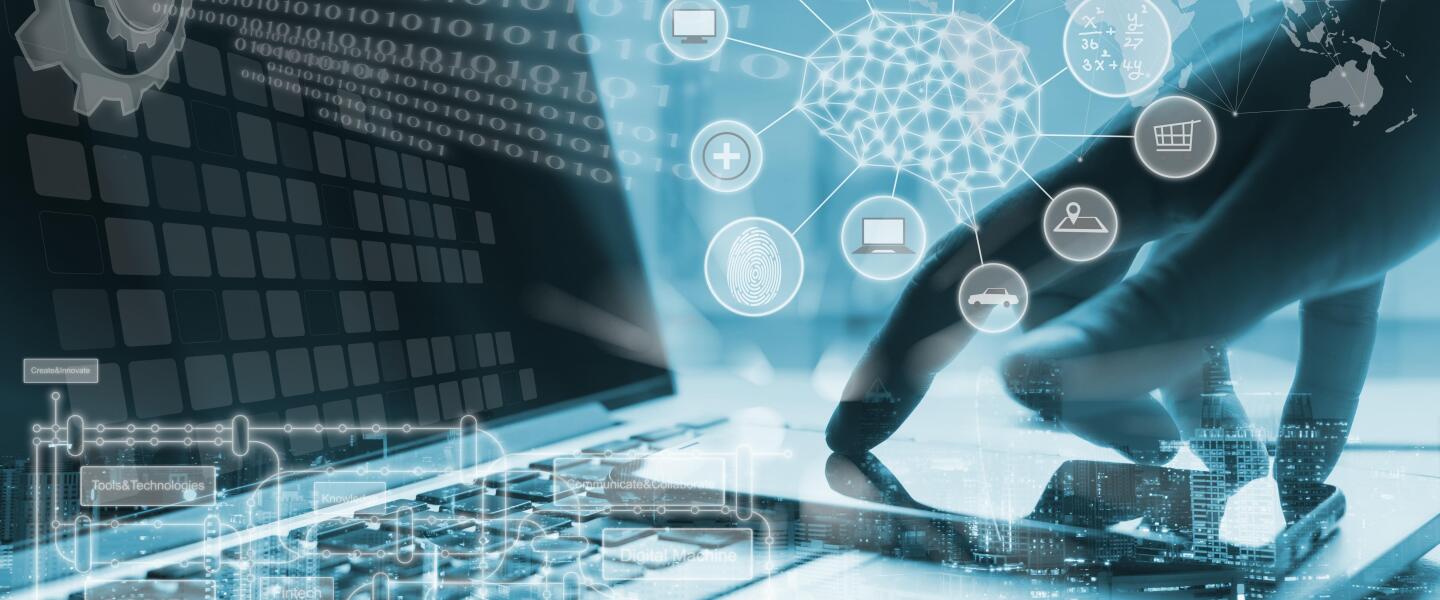The integration of technology in the education sector has led to a significant change in teaching and learning methods. The use of various digital devices and software has enhanced the educational experience for students and educators alike. Technology is changing the future of education in ten ways, including the personalization of learning, blended learning, gamification of learning, virtual reality, artificial intelligence, adaptive testing, mobile learning, augmented reality, cloud computing, and distance learning. With new opportunities to learn and grow, technology continues to revolutionize the field of education as it continues to evolve.
10 Ways Technology is Changing the Future of Education
The integration of technology in the field of education has led to a paradigm shift in teaching and learning methods. The use of various digital devices and software has enhanced the educational experience for students and educators alike. The following are ten ways technology is changing the future of education.
1. Personalization of learning
One of the primary benefits of technology in education is the ability to personalize the learning experience. Digital devices and software can assess students’ strengths and weaknesses and provide individualized learning programs that cater to their unique needs. Students can work at their own pace, using a variety of digital resources to deepen their understanding of the subject matter.
2. Blended learning
Blended learning refers to the use of both traditional teaching methods and technology to deliver educational content. This approach provides students with a more flexible learning environment, allowing them to access course materials and complete assignments from anywhere, at any time. It also creates opportunities for collaborative learning and peer-to-peer interaction.
3. Gamification of learning
Gamification involves the use of game elements, such as rewards and badges, to motivate students to learn. Digital games can be designed to teach students specific skills, such as critical thinking or problem-solving. They can also be used to make learning fun and engaging, encouraging students to actively participate in the learning process.
4. Virtual reality
Virtual reality technology provides students with a simulated learning environment that can enhance learning and understanding. It allows students to experience situations that may not be accessible in the real world, such as exploring the depths of the ocean or visiting a foreign country. The immersive experience of virtual reality can also help students retain information more effectively.
5. Artificial intelligence
Artificial intelligence (AI) is already being used in education to automate administrative tasks, such as grading and scheduling. In the future, AI could be used to provide personalized learning materials and assessments based on students’ learning patterns and preferences. AI could also be used to identify and address learning gaps, helping students to achieve their full potential.
6. Adaptive testing
Adaptive testing is an assessment approach that adjusts the difficulty level of questions based on students’ responses. Digital platforms can use data analytics to provide personalized assessments that challenge students at the appropriate level. This approach can provide more accurate assessments of students’ knowledge and skills, as well as reduce testing time.
7. Mobile learning
Mobile devices, such as smartphones and tablets, have become ubiquitous in today’s society. Mobile learning involves using these devices to access educational content anytime and anywhere. Students can access course materials, participate in online discussions, and complete assignments on their mobile devices. This creates a more flexible learning environment that accommodates students’ busy schedules.
8. Augmented reality
Augmented reality technology overlays digital information onto the real world. This technology can be used to enhance learning by providing students with additional information or visualizations of the subject matter. For example, students studying anatomy can use augmented reality technology to view 3D models of the human body.
9. Cloud computing
Cloud computing involves using remote servers to store, manage, and process data. This technology can be used to provide students with access to course materials and educational resources from anywhere, at any time. It also allows for collaboration and sharing of resources between students and educators.
10. Distance learning
Distance learning involves the delivery of educational content to students who are physically distant from the instructor or school. Digital technologies, such as video conferencing and online learning platforms, make it possible for students to receive a quality education from anywhere in the world. This approach provides access to education for individuals who may not have previously had access due to geographic, financial, or other barriers.
In conclusion, technology is transforming the field of education in many ways. From personalized learning to distance learning, technology is providing students with new opportunities to learn and grow. As technology continues to evolve, educators and students will benefit from the innovation and creativity that technology brings.
